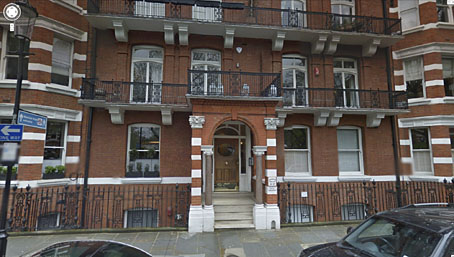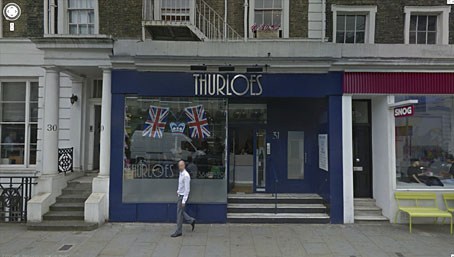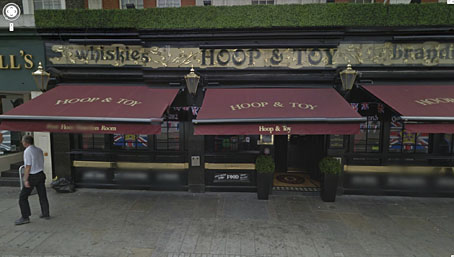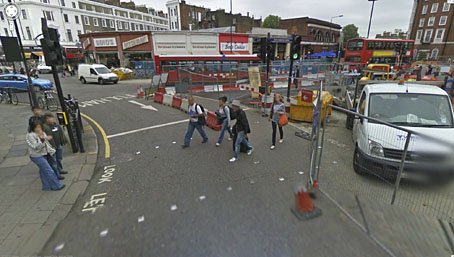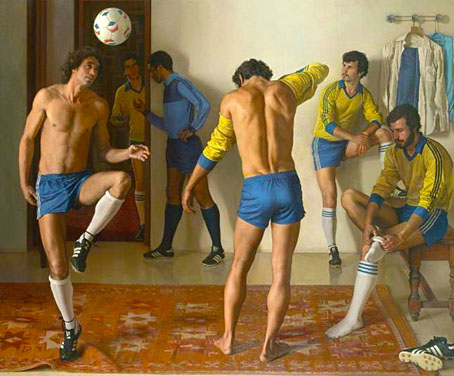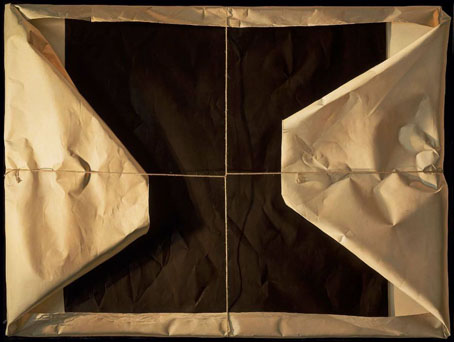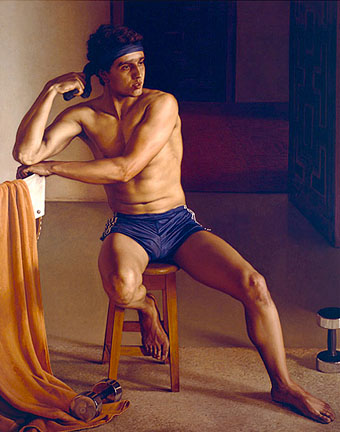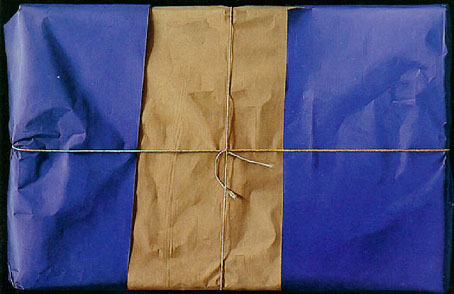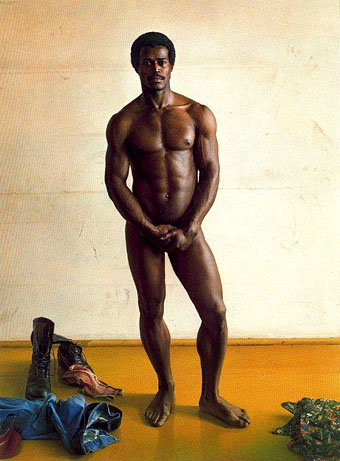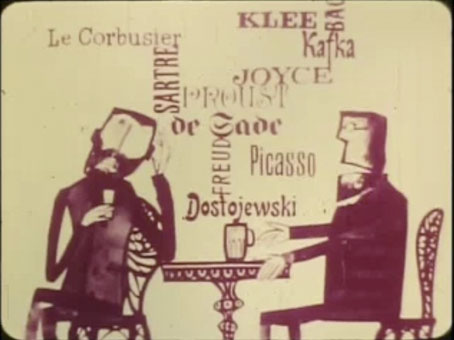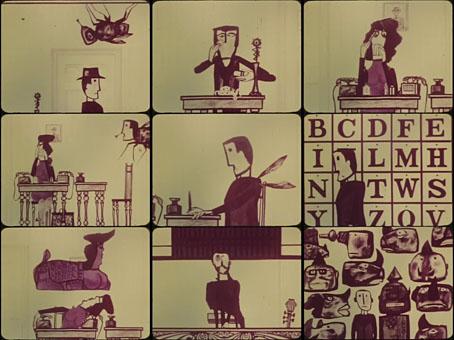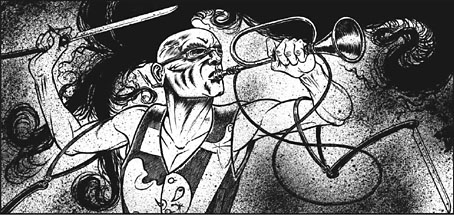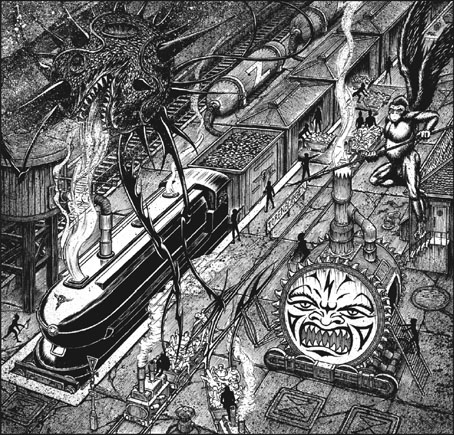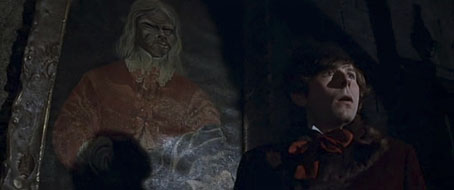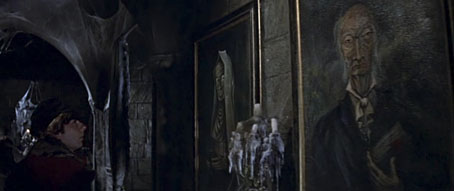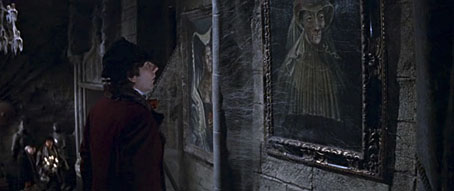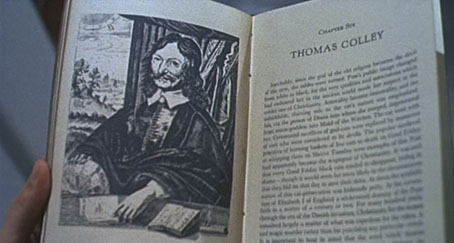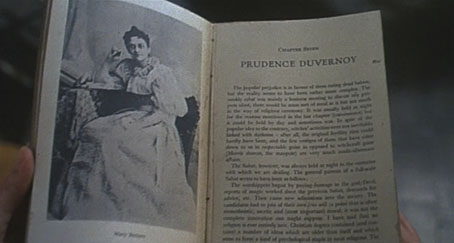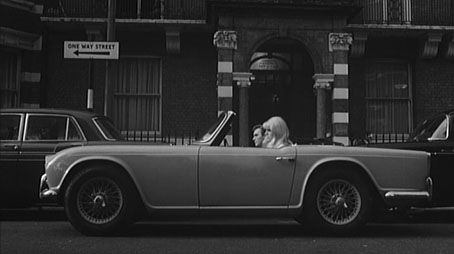
More Polanskiana. This film location site made the tracking down of locations in Repulsion (1965) an easy business. I was hoping they might have an entry for The Tenant, much of which is filmed around the Porte Saint-Denis in Paris but the only other Polanski entries are for Chinatown and Rosemary’s Baby. No matter, one thing I like about the outdoor scenes in Repulsion is the views of South Kensington which Polanski fixed a year or so before Donovan was celebrating the area in a rather more positive manner. I have fond memories of South Kensington in the 1970s since it was the area we stayed in every February during an annual school trip. Barring a slight change of street furniture, the busy traffic island outside the Tube station looked just the same when we were there.
The exterior of Kensington Mansions in Trebovir Road, the location for Carol’s apartment. I’d always thought this was in a street near the Tube station but it’s actually some distance away in Earl’s Court.
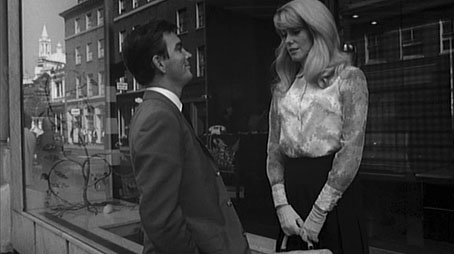
Colin (John Fraser) and Carol (Catherine Deneuve).
The hair salon where Carol works is Thurloe’s in Thurloe Place, and the shop in question is still a hair salon. Google’s Street Views were taken in May 2012 so the flags are out for the Queen’s Jubilee.
Just down the road from Thurloe’s is the Hoop & Toy, the pub where Carol’s would-be boyfriend, Colin, goes drinking with his misogynist friends.
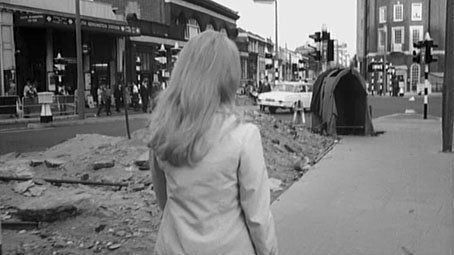
The traffic island outside the Tube station which in the latest Street View was still looking like a building site. The most surprising thing about the row of shops around the Tube station is that Dino’s, a restaurant visible in some of the film shots, is still there almost fifty years later.
Previously on { feuilleton }
• Polanski details
• Repulsion posters
• Through the Wonderwall

